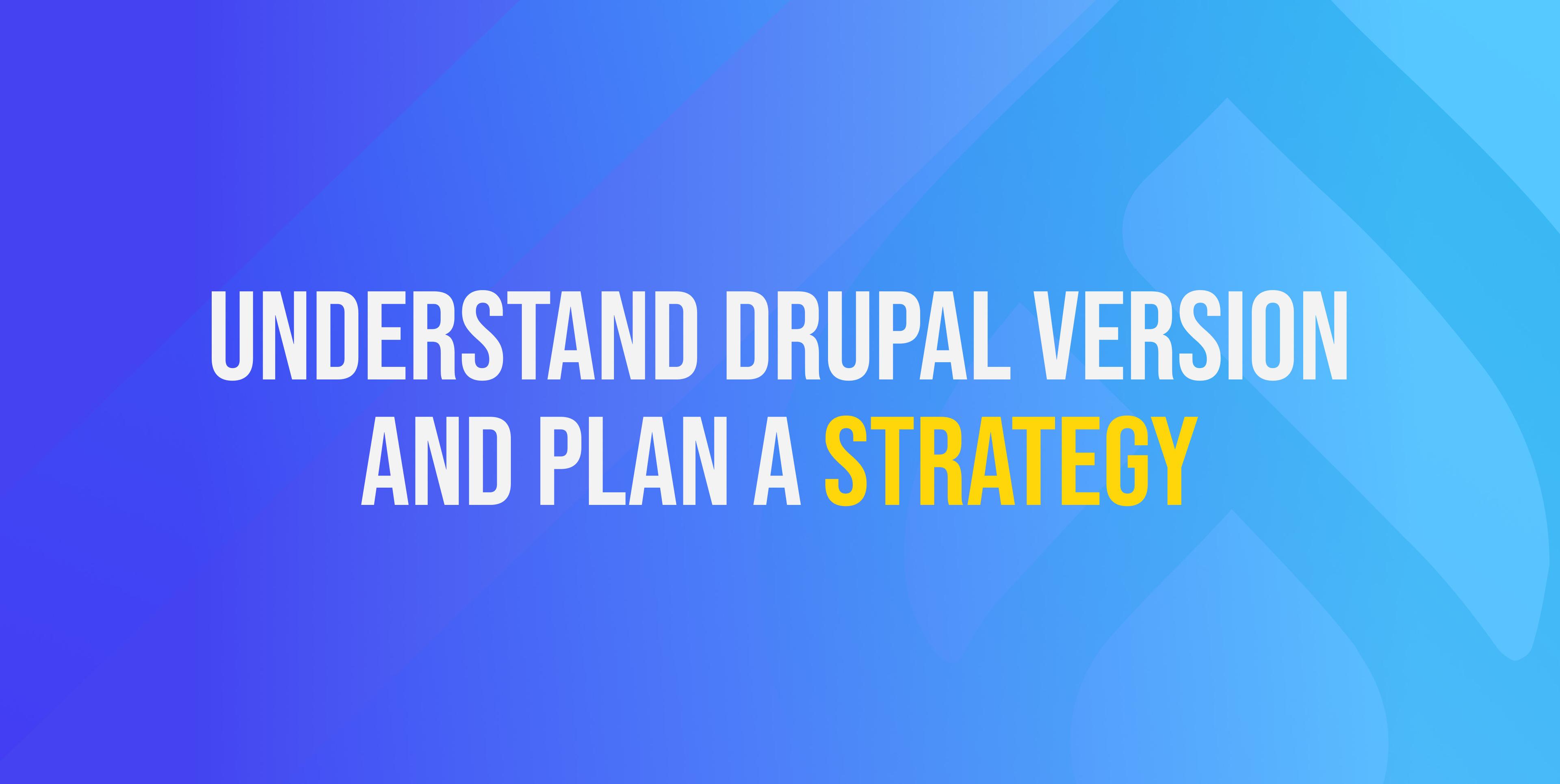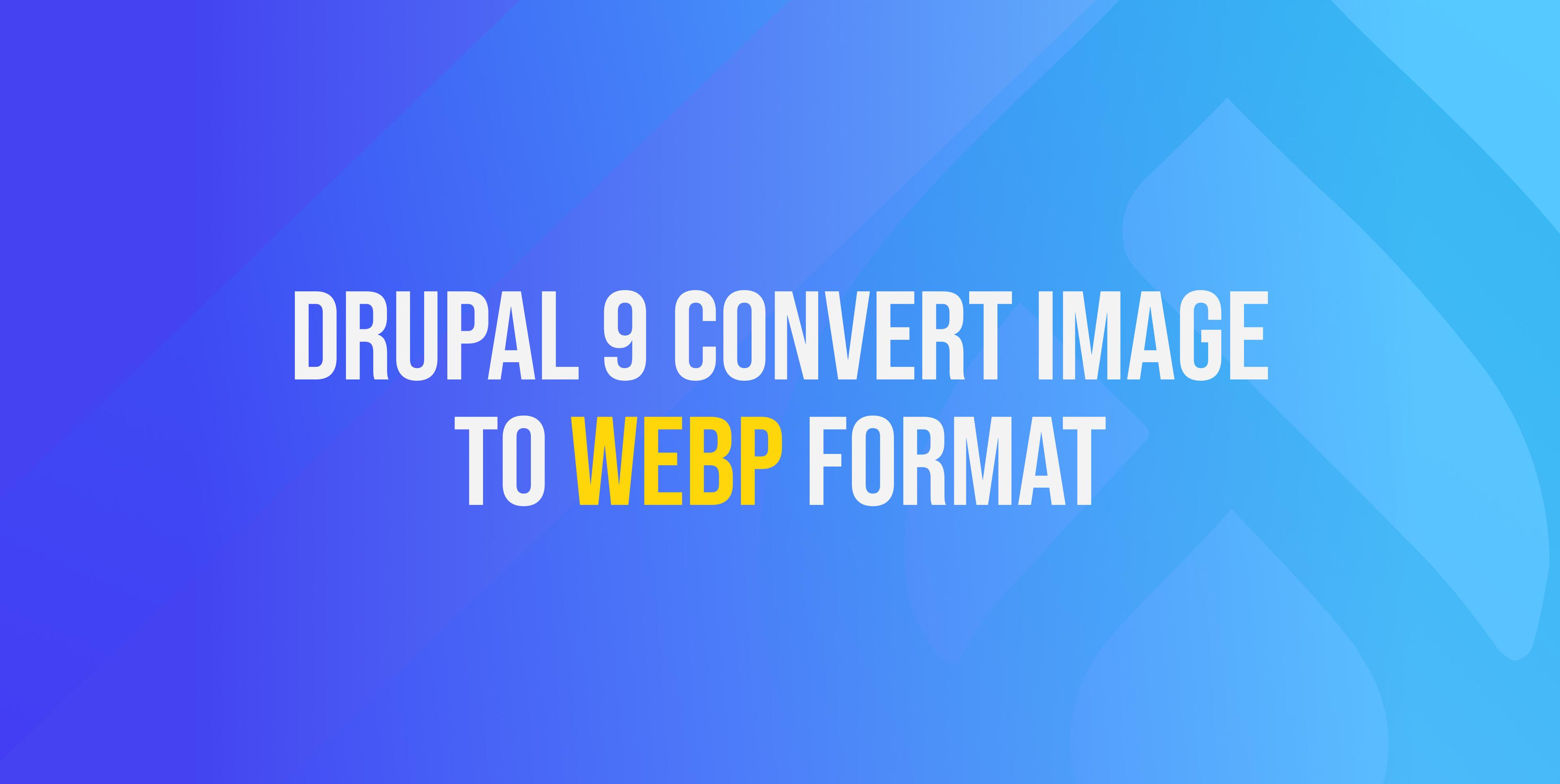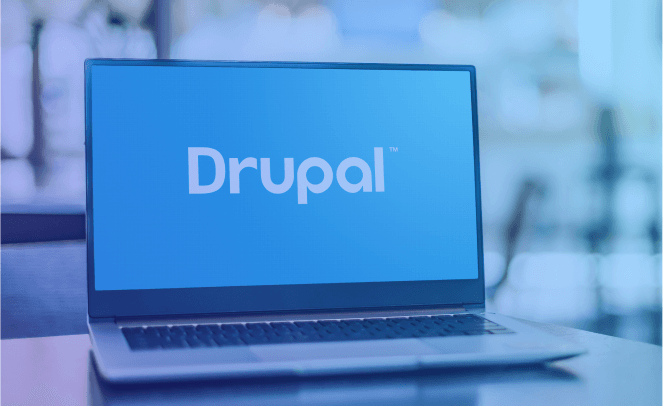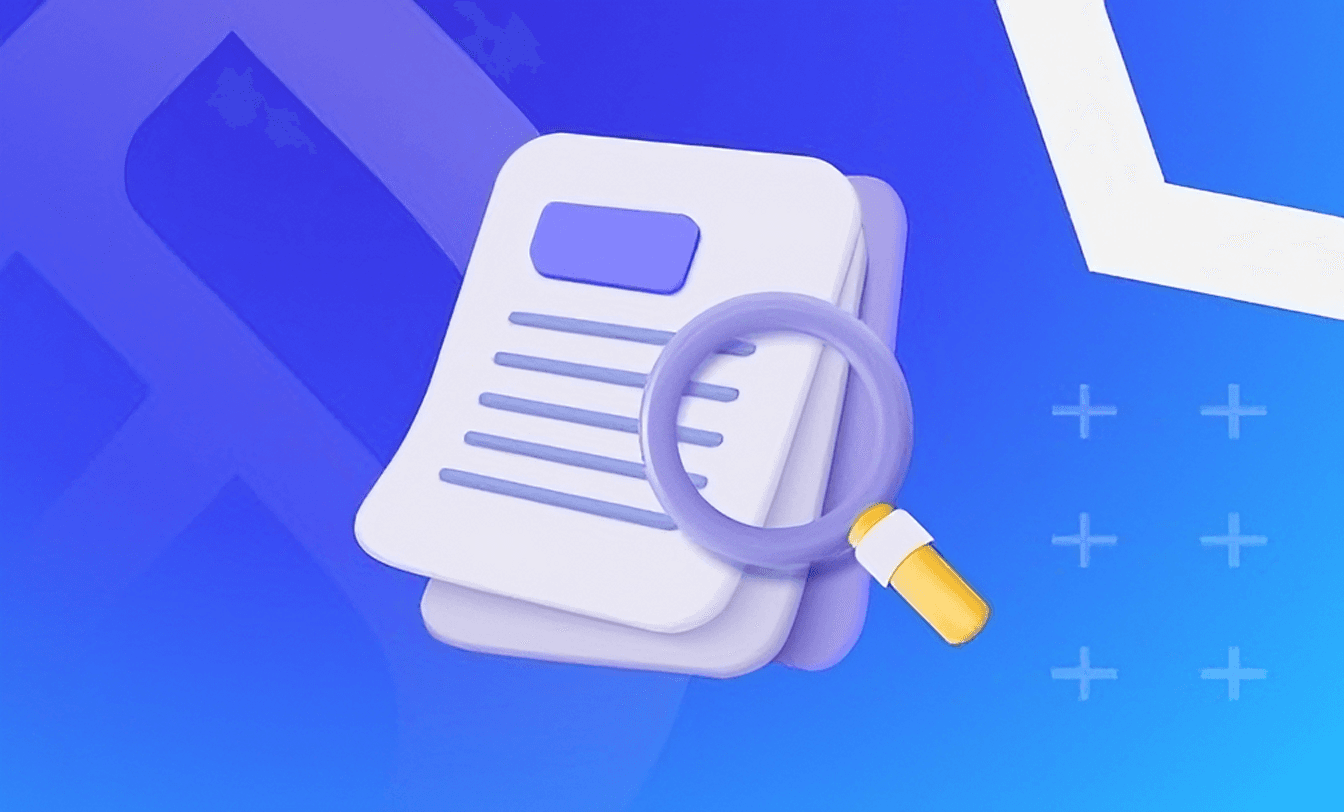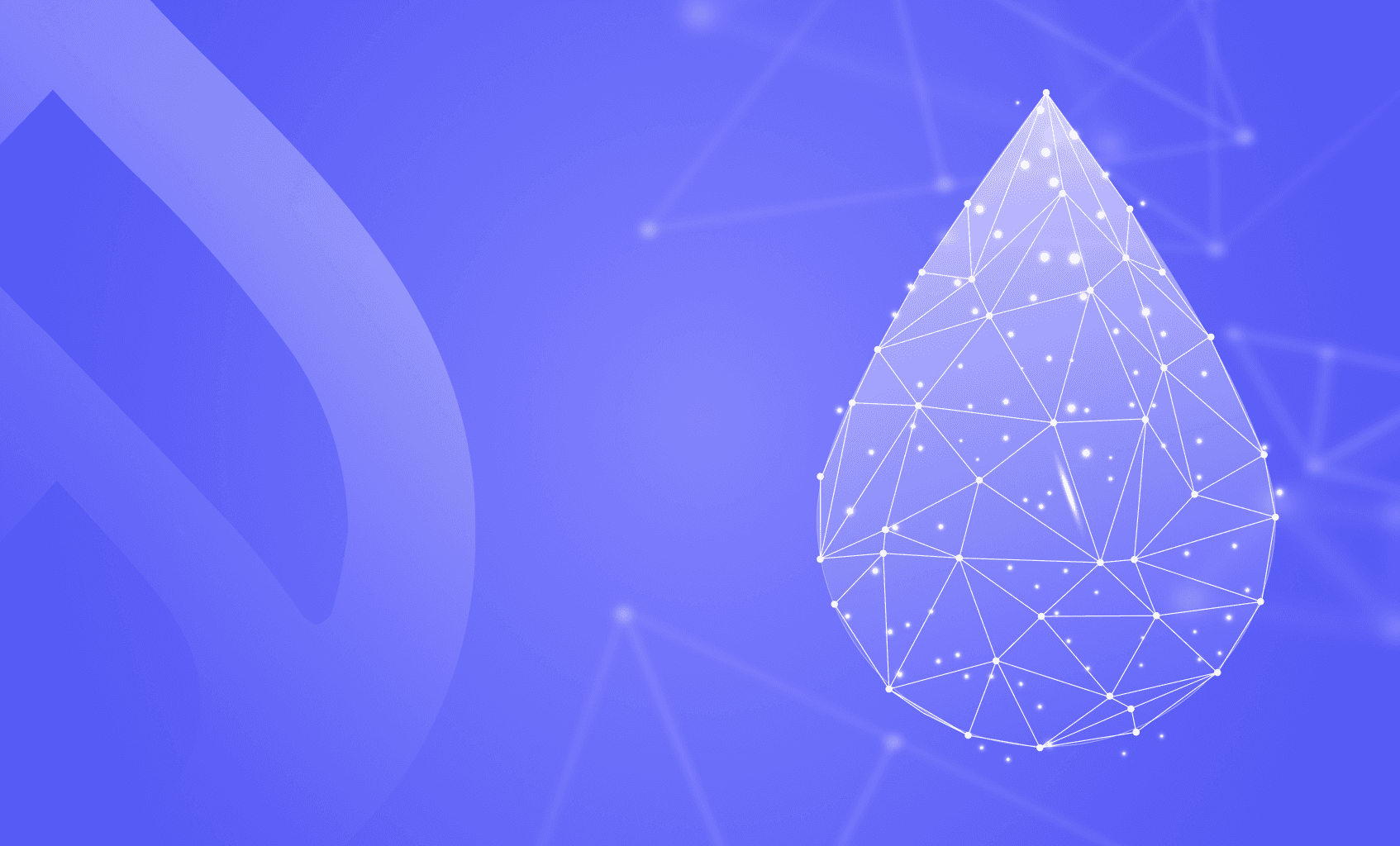Share this article:
Drupal 7 migration: Navigating the path to a future-ready website

Understanding Drupal 7 End of Life (EOL)
First things first, let's decode the jargon. Drupal 7 EOL signifies that the Drupal community has officially ceased providing support and updates for this version. While your website won't suddenly vanish into thin air, it's akin to using a vehicle with an expired warranty – vulnerabilities, bugs, and security risks will not be addressed.
Why should you care about Drupal 7 EOL?
Think of your website as a virtual storefront – your visitors' first impression of your business. Now, imagine that storefront gradually crumbling, paint peeling, and the doors creaking. Not a great impression, right? With Drupal 7 EOL, your site could become a playground for hackers and an obstacle course for users. This isn't just about compliance; it's about staying competitive in the digital age.
The urgency of Drupal 7 migration
Imagine you're on a ship that's about to sail into a storm. You wouldn't wait for the waves to crash over; you'd steer the ship to safer waters. Similarly, with Drupal 7 EOL, waiting could lead to a digital shipwreck. Migration isn't just a suggestion; it's a necessity to keep your website afloat and resilient in the face of evolving online threats.
Benefits of upgrading to Drupal 9 or 10
Migration isn't just about avoiding the pitfalls of EOL; it's an opportunity to embrace cutting-edge features, enhanced performance, and improved user experiences. Drupal 9 and 10 offer a treasure trove of benefits – from revamped content creation and management to responsive designs that cater to the mobile-savvy generation.
Assessing your current Drupal 7 website
It's time for a website checkup. Like a doctor evaluating your health, your site needs a thorough assessment before the prescription can be given.
Compatibility check: Think of compatibility as puzzle pieces fitting together. Before migrating, ensure that your current modules, themes, and configurations align with Drupal 9 or 10.
Module audit: Modules are the heart of your Drupal site. Take stock of what's essential and research their counterparts in the new version.
Data migration plan: Data is the soul of your website. Devise a plan to seamlessly transport your content, user data, and configurations to the new Drupal version.
Navigating the migration process
Migration is more than a one-step process; it's a series of carefully orchestrated moves. Think of it as a symphony, where every note matters.
Creating a test environment: You wouldn't skydive without a parachute, right? Similarly, test the migration in a controlled environment to anticipate challenges.
Backing up your data: Imagine moving to a new home and leaving cherished possessions behind. Back up your website's data before migration – just in case.
Choosing the Right Migration Strategy: Migration isn't one-size-fits-all. Depending on your website's complexity, you might opt for a "lift and shift" approach or a more gradual transition.
Finding the right Drupal web development agency
Choosing the right partner for your migration journey is crucial. It's like picking the right travel companion – they'll shape your experience.
Expertise and experience: An agency well-versed in Drupal migrations is your compass through uncharted waters.
Client portfolio: Just as you'd read reviews before booking a hotel, delve into an agency's portfolio to gauge their track record.
Communication and collaboration: A successful migration is a collaborative effort. Clear communication channels and shared goals are the wind in your sails.
Costs involved in Drupal 7 migration
Migrations come with costs, but think of them as investments. A small expenditure now can yield exponential returns in the long run.
Initial investment vs. long-term benefits: See the initial costs as planting a sapling. Over time, it grows into a sturdy tree bearing the fruit of enhanced functionality and security.
Steps after successful migration
Migration isn't the finish line; it's the starting pistol of a new race. Post-migration steps are your training regimen.
Thorough testing: A new ship must be sea-tested. Thoroughly test your migrated site to ensure all features are working seamlessly.
SEO and performance optimisation: A new ship needs a fresh coat of paint. Optimise your site for performance and ensure SEO isn't left behind.
Training and familiarisation: Like getting accustomed to a new vehicle, train your team to navigate the revamped CMS for maximum efficiency.
Potential challenges and how to overcome them
Challenges are the waves that test your ship's mettle. Anticipate and overcome them for a smoother migration.
Module discrepancies: Not all modules have direct counterparts. This is where the magic of reconfiguration comes into play.
Design and theme changes: The new ship might not resemble the old one, but a revamped design offers a modern, captivating user experience.
User training and adaptation: New software can be intimidating. Equip your team with the know-how to navigate the new CMS waters.
SEO implications and best practices
Think of SEO as the lighthouse guiding your ship to safe shores. Ensuring a smooth transition is paramount.
Redirects and URL structure: Think of redirects as road signs – guiding visitors from old paths to new destinations seamlessly.
Content optimisation: Fresh content is like wind in your sails. Optimise content for search engines while keeping it engaging for users.
The future-proofing aspect of Drupal 9/10
Upgrading isn't just about the present; it's a ticket to the future. Drupal 9 and 10's flexibility future-proofs your website against the tides of technological change.
User experience and security enhancements
Imagine your website as a fortress. Drupal 9 and 10 reinforce its walls, making it harder for intruders to breach.
Conclusion
The journey from Drupal 7 to Drupal 9 or 10 might seem like uncharted waters, but with the right guidance, it becomes an exhilarating voyage of transformation. Embrace the change, enhance your website's capabilities, and future-proof your digital presence.
SUBSCRIBE TO OUR NEWSLETTER
Share this article:
.png&w=3840&q=75)



